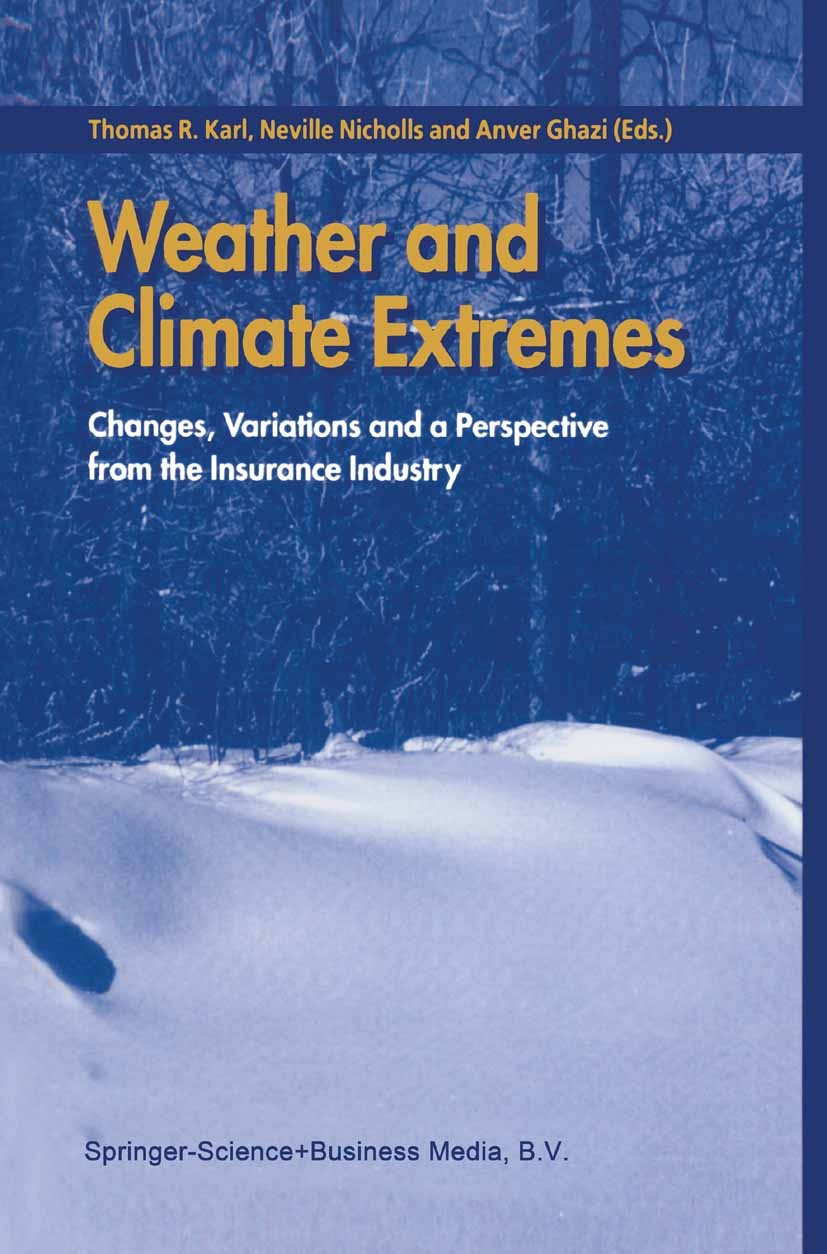Changes in atmospheric circulation amplify extreme snowfall fueled by Arctic sea ice loss over high-latitude land
IF 6.9
1区 地球科学
Q1 METEOROLOGY & ATMOSPHERIC SCIENCES
引用次数: 0
Abstract
Arctic sea-ice retreat has been linked to increased winter precipitation and heavy snowfall over land, likely due to a combination of enhanced evaporation from ice-free Arctic marginal seas (AMS) and changes in atmospheric circulation. However, their relative roles and contributions remain uncertain. Here, we show that a greater proportion of AMS evaporative moisture reached high-latitude land during the cold seasons from 1980–1989 to 2012–2021. Atmospheric circulation changes added an additional 13 % increase in the AMS moisture contribution, accounting for 11 % of the total increase in AMS-sourced land precipitation. Notably, 46 % of the increase in AMS-sourced extreme snowfall is attributed to circulation-driven landward moisture transport, representing an 84 % increase beyond the effect of enhanced AMS evaporation alone. Further analysis indicates that both the rise in Arctic moisture and the atmospheric circulation shifts are primarily driven by anthropogenic forcing. These findings highlight how atmospheric circulation changes amplify extreme snowfall fueled by AMS evaporation, underscoring the synergistic effects of Arctic sea ice loss and circulation change on high-latitude winter precipitation.
大气环流的变化放大了北极海冰在高纬度陆地上的消融所引发的极端降雪
北极海冰的退缩与冬季降水的增加和陆地上的大雪有关,这可能是由于无冰的北极边缘海(AMS)的蒸发增强和大气环流变化的共同作用。然而,它们的相对作用和贡献仍然不确定。研究表明,在1980-1989年和2012-2021年的寒冷季节,AMS蒸发水分到达高纬度陆地的比例更大。大气环流变化使AMS水分贡献增加了13%,占AMS源陆地降水总增加量的11%。值得注意的是,由AMS引起的极端降雪增加的46%归因于环流驱动的向陆地输送水分,比AMS蒸发增强的影响增加了84%。进一步的分析表明,北极湿度的上升和大气环流的变化主要是由人为强迫驱动的。这些发现强调了大气环流变化如何放大由AMS蒸发引起的极端降雪,强调了北极海冰损失和环流变化对高纬度冬季降水的协同效应。
本文章由计算机程序翻译,如有差异,请以英文原文为准。
求助全文
约1分钟内获得全文
求助全文
来源期刊

Weather and Climate Extremes
Earth and Planetary Sciences-Atmospheric Science
CiteScore
11.00
自引率
7.50%
发文量
102
审稿时长
33 weeks
期刊介绍:
Weather and Climate Extremes
Target Audience:
Academics
Decision makers
International development agencies
Non-governmental organizations (NGOs)
Civil society
Focus Areas:
Research in weather and climate extremes
Monitoring and early warning systems
Assessment of vulnerability and impacts
Developing and implementing intervention policies
Effective risk management and adaptation practices
Engagement of local communities in adopting coping strategies
Information and communication strategies tailored to local and regional needs and circumstances
 求助内容:
求助内容: 应助结果提醒方式:
应助结果提醒方式:


